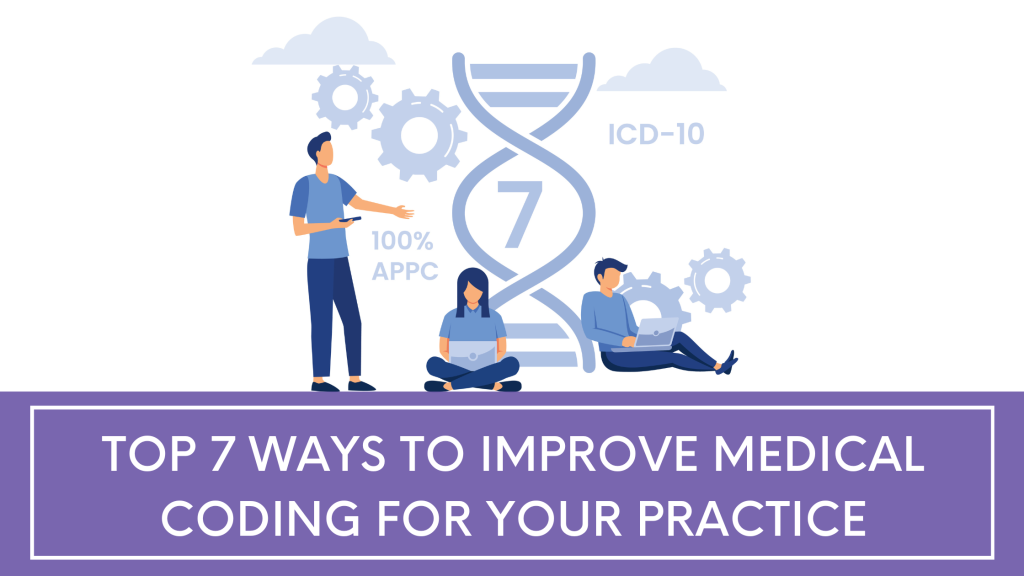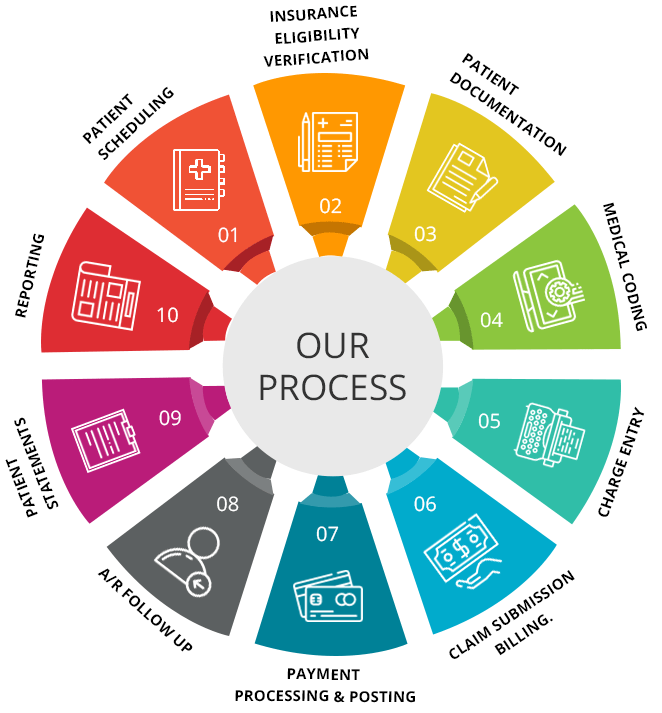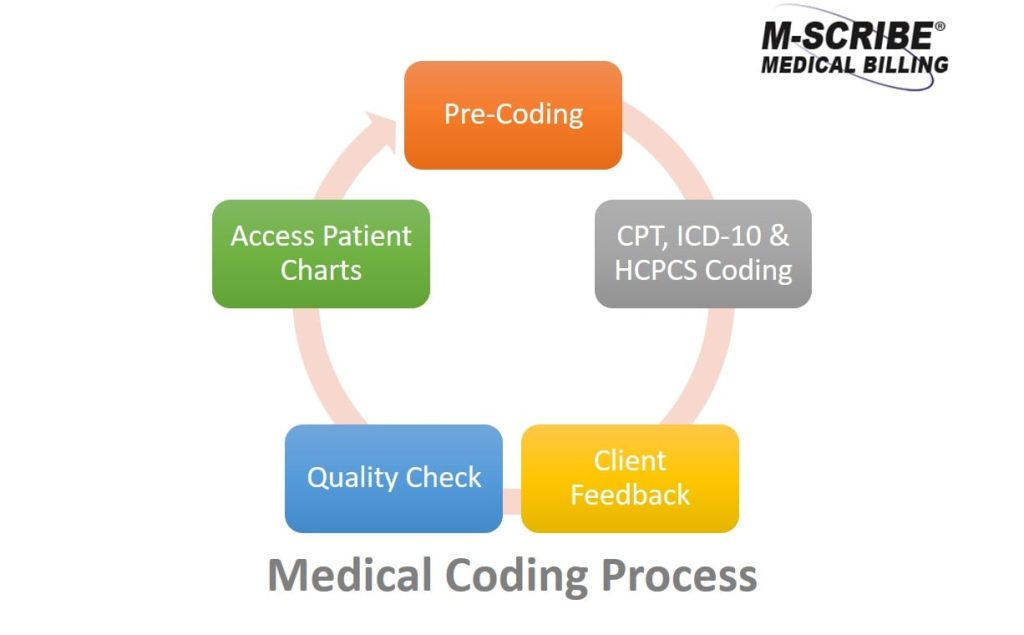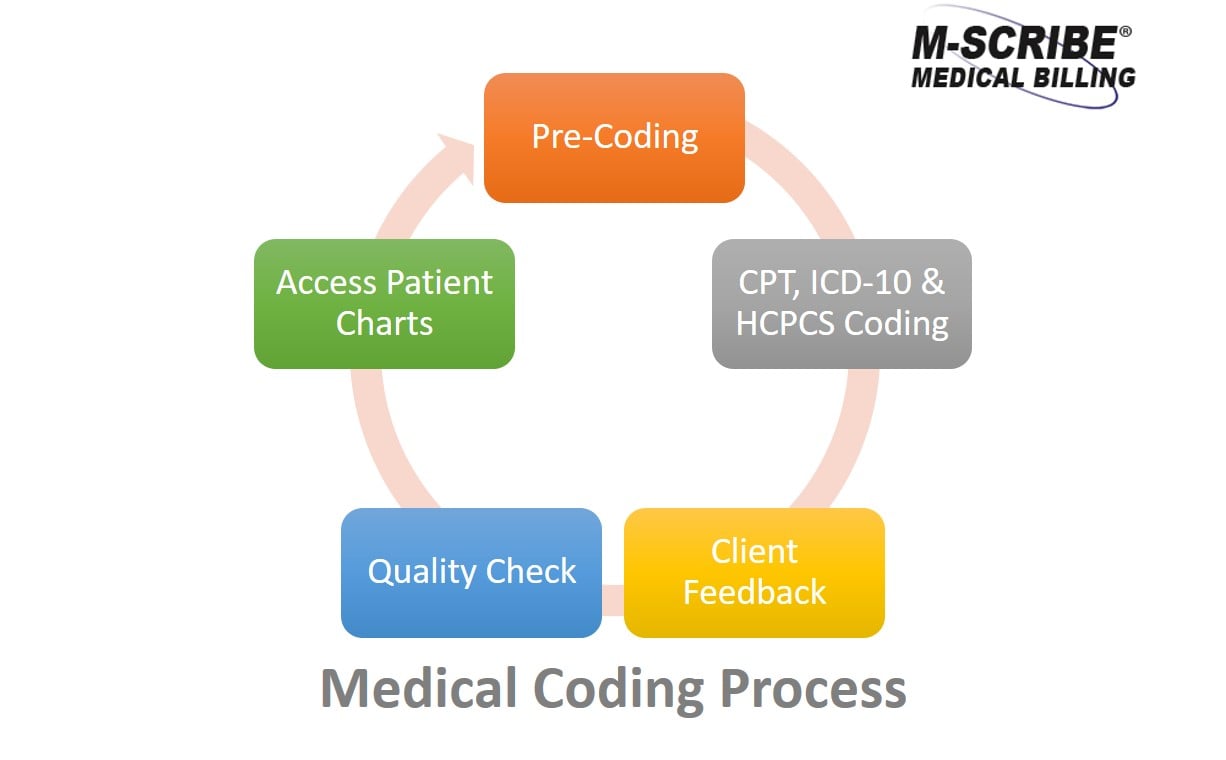Introduction
Welcome to our website dedicated to providing you with top medical billing and coding tips for running a successful practice. In today’s healthcare industry, medical billing and coding play a crucial role in the financial success of any practice. By ensuring accurate and efficient billing and coding practices, you can optimize revenue, avoid claim denials, and streamline the overall billing process.
Why medical billing and coding is important for a successful practice
Medical billing and coding serve as the backbone of revenue generation for healthcare providers. Properly documenting patient encounters, assigning accurate codes, and submitting timely claims are essential to ensure maximum reimbursement. Failure to do so can result in delayed payments, increased claim denials, and can even place your practice at risk of compliance issues.
The impact of accurate medical billing and coding on revenue
Accurate medical billing and coding directly impact the financial health of your practice. By properly coding services and procedures, you can optimize reimbursement, reduce claim denials, and minimize the risk of audits. In addition, efficient billing practices help to expedite the payment cycle, resulting in improved cash flow and increased revenue for your practice.
The challenges faced in medical billing and coding
Despite its importance, medical billing and coding can be complex and challenging. Rapidly changing healthcare regulations, coding guidelines, and payer requirements make it difficult to stay up-to-date and ensure compliance. Additionally, navigating through various claim submission processes and dealing with claim denials can be time-consuming and frustrating.
In our upcoming posts, you will find valuable tips and strategies on how to overcome these challenges and achieve success in medical billing and coding. Stay tuned for more expert advice and insights to help you optimize revenue and run a thriving practice.
Understanding Medical Billing and Coding
Medical billing and coding are essential processes in the healthcare industry that ensure the accurate and timely reimbursement of medical services. As a healthcare provider, it is crucial to have a solid understanding of these concepts to run a successful practice.
What is medical billing?
Medical billing refers to the process of submitting and following up on claims to insurance companies to receive payment for healthcare services provided to patients. It involves a series of steps, including verifying insurance coverage, preparing and submitting claims, and resolving any claim rejections or denials. Proper medical billing practices can help streamline revenue cycles, minimize claim denials, and ensure prompt payments.
What is medical coding?
Medical coding is the process of assigning standardized codes to medical procedures, diagnoses, and treatments. These codes, such as Current Procedural Terminology (CPT) and International Classification of Diseases (ICD), are used to communicate information between healthcare providers, insurance companies, and government agencies. Accurate coding is crucial for proper and timely reimbursement, as it ensures that services are adequately documented and billed correctly.
Key differences between medical billing and coding
While medical billing focuses on the financial aspect of healthcare services, medical coding deals with the classification and organization of medical data. Billing involves managing claims and payments, while coding ensures proper documentation and accurate representation of medical services. Both processes go hand in hand, requiring collaboration and attention to detail to ensure successful practice management.

This image is property of practolytics.com.
Benefits of Efficient Medical Billing and Coding
Medical billing and coding are crucial aspects of running a successful medical practice. When done efficiently, they can bring numerous benefits to both your practice and your patients.
Increased revenue generation
Efficient medical billing and coding processes can significantly boost your practice’s revenue. By accurately documenting and coding services, you ensure that claims are properly submitted and reimbursed in a timely manner. This reduces the likelihood of denied or delayed payments, ultimately maximizing your revenue potential.
Reduced billing errors and claim rejections
A well-executed billing and coding system can eliminate or minimize errors in your medical claims. With proper documentation and accurate codes, you can greatly reduce the chances of claims being rejected or denied. This not only saves time and resources but also ensures a steady cash flow for your practice.
Improved patient satisfaction
Efficient medical billing and coding practices contribute to improved patient satisfaction. Clear and accurate billing statements enable patients to understand their responsibilities and make prompt payments. This reduces confusion, improves transparency, and enhances the overall patient experience. Patients who have a positive experience with billing and coding processes are more likely to trust and continue utilizing your services.
prioritizing efficient medical billing and coding processes can lead to increased revenue, reduced billing errors, and improved patient satisfaction. By implementing these tips, you can ensure a successful practice that provides quality healthcare while maintaining financial stability.
Best Practices for Medical Billing and Coding
When it comes to running a successful medical practice, proper medical billing and coding are absolutely essential. The accuracy and efficiency of your billing and coding processes can have a significant impact on your practice’s financial health and overall success. To help you optimize these crucial areas, here are some top tips to consider.
Maintaining up-to-date knowledge of medical billing and coding guidelines
Staying on top of the constantly evolving medical billing and coding guidelines is vital. With frequent changes in regulations and code updates, it is crucial to invest time and effort in ongoing education and training. This will ensure that you are familiar with the latest rules and requirements. Keeping abreast of changes will help you avoid costly mistakes and ensure accurate reimbursement for the services you provide.
Attention to detail in documenting and assigning codes
When documenting patient encounters and assigning codes, attention to detail is paramount. Proper documentation ensures accurate coding, appropriate reimbursement, and compliance with regulations. Make sure to accurately capture patient information, diagnoses, procedures, and any other relevant details. Attention to detail will minimize errors and help facilitate seamless billing and coding processes.
Regular auditing and monitoring of billing and coding processes
Implementing regular audits and monitoring of your billing and coding processes can help identify and rectify any potential errors or inefficiencies. Regular reviews can help you identify patterns, trends, and areas for improvement. It will also ensure compliance with legal and ethical standards, reducing the risk of penalties or audits by regulatory authorities.
By following these best practices for medical billing and coding, you can enhance your practice’s financial health, mitigate compliance risks, and streamline your overall operations.
Streamlining the Medical Billing and Coding Process
When it comes to running a successful medical practice, efficient medical billing and coding is crucial. By streamlining these processes, you can ensure timely and accurate reimbursements, improve patient satisfaction, and reduce the risk of errors. Here are some top tips to help you streamline your medical billing and coding process.
Effective use of technology and software
One of the most effective ways to streamline your medical billing and coding process is by leveraging technology and software. Implementing a robust practice management system can help automate coding, billing, and claims submission, saving you time and reducing manual errors. With the right software, you can easily track claims, identify issues, and generate reports for analysis.
Automation of routine tasks
Another key tip is to automate routine tasks. This includes automating patient registration, insurance verification, and appointment reminders. By automating these tasks, you can free up valuable staff time, reduce paperwork, and enhance the overall efficiency of your practice.
Integration of electronic health records (EHR) with billing and coding systems
Integrating your electronic health records (EHR) system with your billing and coding software can significantly streamline the process. This integration allows for seamless transfer of patient information, diagnoses, and treatment details, minimizing data entry errors and ensuring accurate coding and billing.
By implementing these tips, you can optimize your medical billing and coding process for a successful practice. Utilize technology and software, automate routine tasks, and integrate your EHR system to enhance efficiency and accuracy, ultimately benefiting both your practice and your patients.

This image is property of www.medphine.com.
Ensuring Compliance in Medical Billing and Coding
In order to run a successful medical practice, it is crucial to prioritize compliance in your billing and coding processes. This not only ensures accurate reimbursement, but also protects the integrity of patients’ sensitive information. Here are some top tips to help you maintain compliance:
Adherence to HIPAA regulations and patient privacy
HIPAA regulations are designed to safeguard patients’ protected health information (PHI). It is essential that your billing and coding staff are well-versed in HIPAA requirements and consistently follow them. Ensure that all electronic health records are encrypted, implement strict access controls, and train your staff on the importance of patient privacy.
Accurate documentation and coding for proper reimbursement
Proper documentation and coding directly impact your practice’s revenue. It is vital to accurately record procedures, diagnoses, and services provided. This includes capturing all relevant details, such as diagnosis codes, modifiers, and level of service. Regularly audit and review your documentation process to identify any areas of improvement.
Regular training and education for staff on compliance requirements
Stay up-to-date with the ever-changing regulations and industry guidelines by providing regular training to your billing and coding staff. Offer opportunities for continuing education and encourage them to pursue certifications in medical billing and coding. This will ensure that your staff remains knowledgeable and compliant with the latest standards.
By adhering to HIPAA regulations, accurately documenting and coding services, and investing in ongoing training, you can create a compliant environment in your medical practice. This will not only support proper reimbursement but also foster patient trust and loyalty.
Common Pitfalls in Medical Billing and Coding
As a healthcare professional, you understand the importance of accurate and efficient medical billing and coding. However, the complexities of the process can often lead to common pitfalls that can hinder your practice’s success. In this section, we will explore three key areas where many practices face challenges: improper documentation leading to claim denials, inaccurate coding resulting in under or overbilling, and failure to follow up on unpaid claims.
Improper documentation leading to claim denials
One of the most common pitfalls in medical billing and coding is inadequate documentation. Without clear and comprehensive documentation, your claims are at risk of being denied by insurance companies. To avoid this pitfall, ensure that all relevant information is accurately recorded, including patient history, diagnosis, treatment plans, and progress notes. Regularly train your staff on proper documentation practices to minimize errors and prevent claim denials.
Inaccurate coding resulting in under or overbilling
Accurate coding is crucial for proper reimbursement and avoiding compliance issues. Incorrectly-coded procedures or services can lead to under or overbilling, impacting your practice’s revenue and reputation. Regularly review coding guidelines and updates to stay up-to-date and provide ongoing training to your coding staff to ensure accuracy. Implement quality assurance processes to catch any errors before claims are submitted.
Failure to follow up on unpaid claims
Unpaid claims can significantly impact your practice’s cash flow. Many practices face the pitfall of not following up on these claims in a timely manner. Develop a systematic process to track and monitor unpaid claims, and implement a strategic follow-up plan to ensure timely reimbursement. Consider utilizing technology solutions that automate claim tracking and provide reminders for follow-up actions.
By avoiding these common pitfalls in medical billing and coding, you can enhance the financial stability and success of your practice. Ensure proper documentation, accurate coding, and diligent follow-up on unpaid claims to optimize your revenue cycle and provide exceptional patient care.

This image is property of cdn2.hubspot.net.
Conclusion
Congratulations! You have now reached the end of our top medical billing and coding tips for a successful practice. Let’s recap the key takeaways that can greatly contribute to the success of your medical billing and coding processes.
The importance of ongoing training and staying updated with industry changes
In the ever-evolving world of healthcare, it is crucial to constantly educate yourself and your team on the latest trends and updates in medical billing and coding. By staying up to date with industry changes, you can ensure accurate and compliant claims submission, minimizing denials and maximizing reimbursements.
The potential for increased revenue and improved patient care through efficient billing and coding processes
Implementing efficient billing and coding processes can significantly impact your practice’s revenue and patient care. By optimizing coding accuracy, you can capture all relevant procedures and diagnoses, resulting in proper reimbursement and minimizing compliance risks. This not only helps in increasing revenue but also enhances patient care by ensuring accurate and timely processing of claims, reducing the burden on both your staff and patients.
By applying these tips, you can greatly enhance the overall efficiency and effectiveness of your medical billing and coding practices. Remember, continual learning and process improvement are key to staying ahead in this dynamic industry. Good luck and here’s to a successful medical billing and coding practice!
